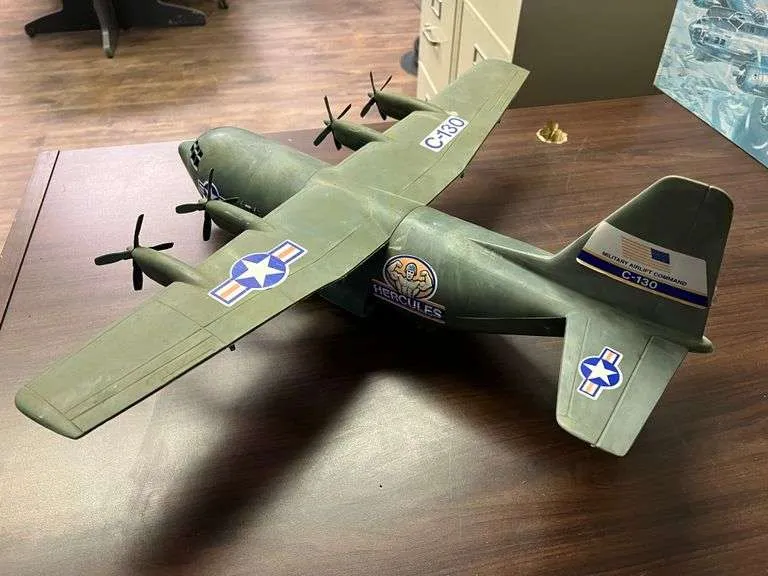What is Diecast Metal Model Aircraft
Diecast metal model aircraft are miniature replicas of real-world airplanes, crafted with precision and attention to detail. These models are typically made using a die-casting process, where molten metal – often zinc alloys – is injected into molds to create highly accurate and durable representations of various aircraft. These models are not just toys; they are collectible items prized by enthusiasts for their realism, craftsmanship, and historical significance. The popularity of these models spans across generations, appealing to aviation enthusiasts, history buffs, and collectors alike. The market for these models is diverse, ranging from affordable entry-level pieces to high-end, limited-edition collectibles.
Materials and Construction
The primary material used in diecast model aircraft is typically a zinc alloy, which offers an excellent balance of weight, durability, and the ability to capture fine details. During the die-casting process, molten metal is injected into a mold under high pressure, ensuring that every intricate detail of the aircraft is precisely replicated. Other materials such as plastic components may be used for parts like propellers, antennas, and landing gear. This combination of materials provides both visual appeal and structural integrity. The models often undergo a detailed painting process to match the authentic colors and markings of the real aircraft, making them incredibly realistic. Quality control is essential, ensuring that each model meets the high standards expected by collectors.
Diecast vs. Plastic Models
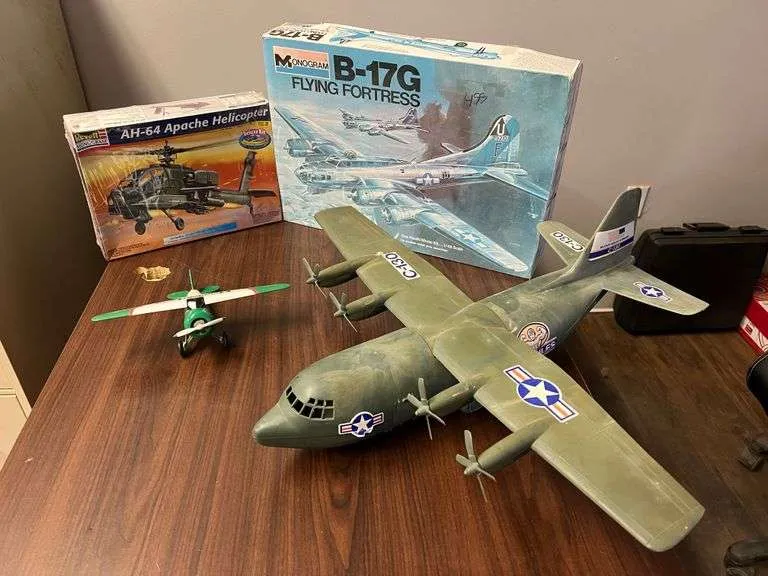
When comparing diecast metal model aircraft to their plastic counterparts, several key differences come into play. Diecast models generally offer superior detail, weight, and durability, enhancing their collectibility and aesthetic appeal. The metal construction provides a solid feel and the ability to capture finer details, which are often lost in plastic models. While plastic models are often more affordable and easier to mass-produce, diecast models are valued for their quality and precision. Diecast models are generally regarded as more suitable for collectors seeking a premium product, while plastic models can be a good starting point for casual enthusiasts or younger collectors. Ultimately, the choice depends on individual preferences, budget, and the level of detail desired.
Essential Tools and Supplies
Starting a diecast metal model aircraft collection requires a few essential tools and supplies. These items help you to preserve, display, and occasionally, repair your models. A soft, microfiber cloth is essential for dusting and cleaning the models without scratching the paint. A magnifying glass can be incredibly useful for examining the fine details and identifying any imperfections. Tweezers are handy for handling small parts and performing minor repairs. Depending on your needs, you might also want to invest in a small screwdriver set. Keeping these tools organized will make it much easier to maintain and enjoy your collection. With these basic tools, you’ll be well-equipped to properly care for your models.
Display Cases
Display cases are an essential investment for any serious collector of diecast metal model aircraft. These cases serve several purposes: they protect the models from dust, sunlight, and accidental damage, and enhance their visual appeal. Choose cases that complement the size and style of your collection. Clear acrylic or glass cases are popular choices as they allow for optimal viewing of the models. Consider factors such as the amount of space you have available and the overall aesthetic of your display area. Some display cases come with built-in lighting to further showcase the details of your aircraft. Well-chosen display cases not only protect your models but also transform them into an eye-catching focal point.
Cleaning Supplies
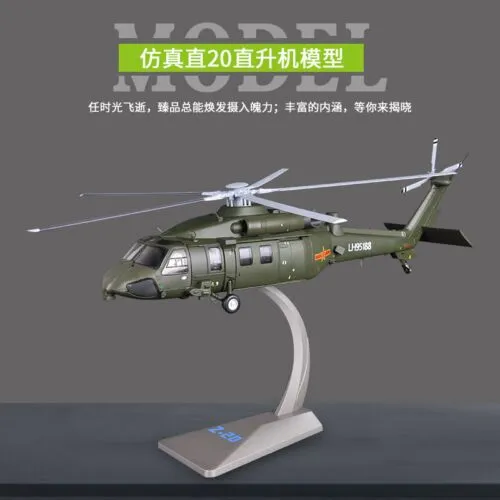
Maintaining the pristine condition of your diecast metal model aircraft requires the right cleaning supplies. A soft microfiber cloth is your best friend for routine dusting. Avoid using abrasive materials that could scratch the paint. For more thorough cleaning, use a mild soap solution, applied sparingly with a damp cloth. Make sure to test the solution on a hidden area of the model first to ensure it doesn’t damage the paint. Avoid using excessive water, as it can seep into crevices and cause corrosion. After cleaning, thoroughly dry the model with a clean, dry cloth. Regular cleaning prevents dust and debris from accumulating, preserving the model’s appearance and value.
Where to Buy Diecast Metal Model Aircraft
Finding the right place to buy diecast metal model aircraft is an important part of the collecting journey. There are several avenues to explore, each with its own advantages. Your options range from established online retailers to niche specialty stores, and even auction platforms.
Online Retailers
Online retailers provide a convenient and wide selection of diecast metal model aircraft. Websites like Amazon, eBay, and dedicated model aircraft stores offer a vast inventory, often with competitive pricing and customer reviews. These platforms typically offer detailed product descriptions and high-quality images, which help you make informed purchasing decisions. The convenience of online shopping, combined with the ease of comparing prices and models, makes it a popular choice for collectors. Keep an eye on shipping costs and return policies when buying online, and always purchase from reputable sellers to ensure you receive authentic products.
Specialty Shops
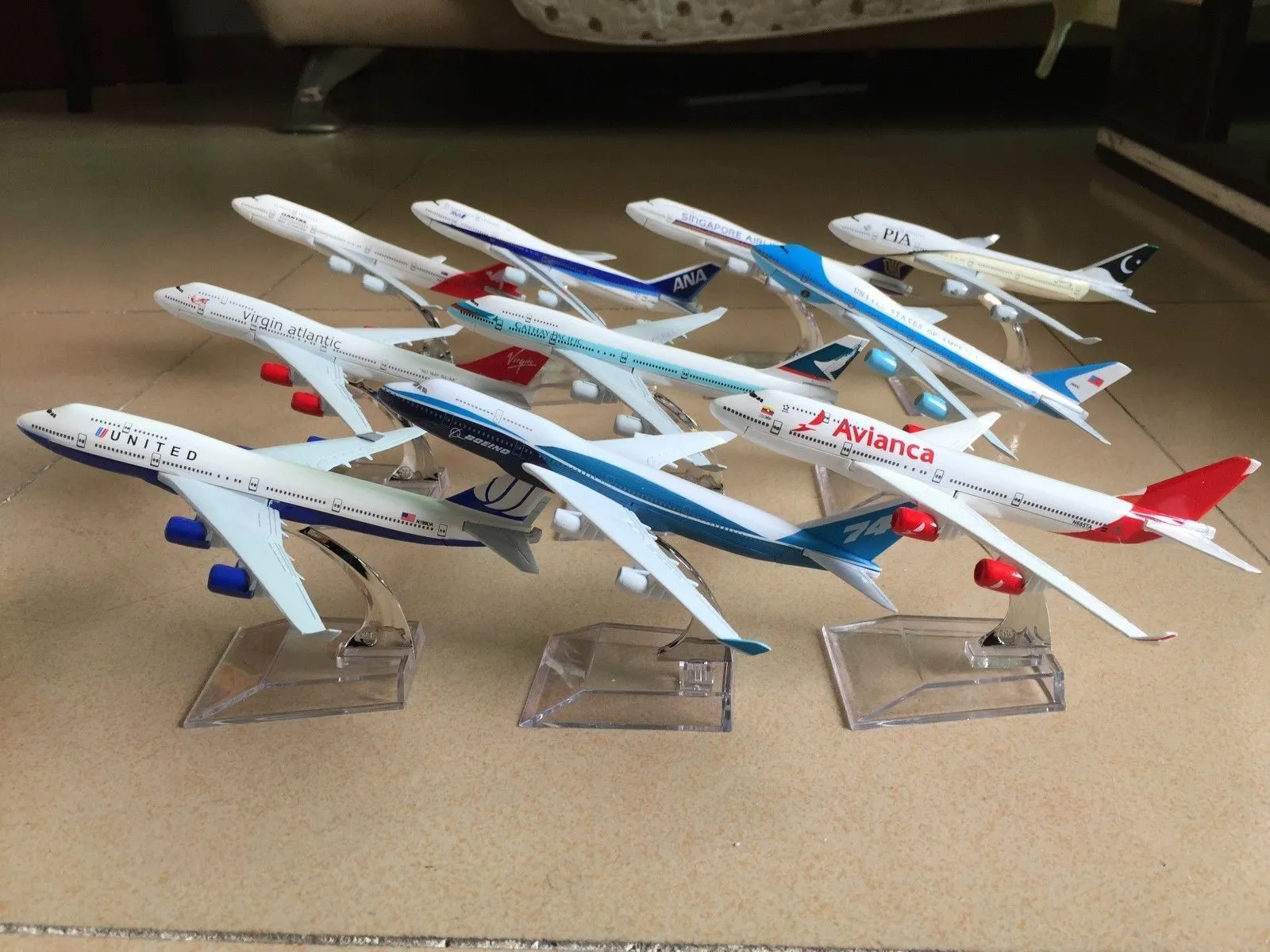
Specialty shops, both brick-and-mortar and online, provide a more curated and personalized shopping experience for diecast metal model aircraft enthusiasts. These stores often carry a unique selection of models, including rare and limited-edition pieces, as well as accessories like display cases and tools. The staff in specialty shops are typically knowledgeable and passionate about model aircraft, offering valuable advice and insights. Visiting a specialty shop allows you to see the models up close, assess their quality, and build relationships with fellow collectors. If you value expert advice and a more focused selection, specialty shops are a great resource.
Auctions and Swap Meets
Auctions and swap meets provide a unique opportunity to find rare and vintage diecast metal model aircraft. Online auction platforms such as eBay are a great place to start. These platforms often feature unique items. Local swap meets and collector events are another excellent way to discover hidden gems, meet other enthusiasts, and negotiate prices in person. When participating in auctions or swap meets, research the models beforehand, inspect them carefully, and set a budget. These venues can be a treasure trove for collectors looking for specific models or expanding their collections with interesting pieces.
Building a Collection
Building a diecast metal model aircraft collection is an exciting and rewarding endeavor. Careful planning is essential to make the most of your collecting experience. Start by determining your goals and interests. Are you fascinated by a specific era of aviation, such as World War II aircraft, or do you prefer modern commercial airliners? Establishing a clear focus helps you to narrow down your choices, making it easier to find and acquire the models that interest you most. As your collection grows, it will reflect your passions and your collecting journey.
Choosing a Theme or Scale
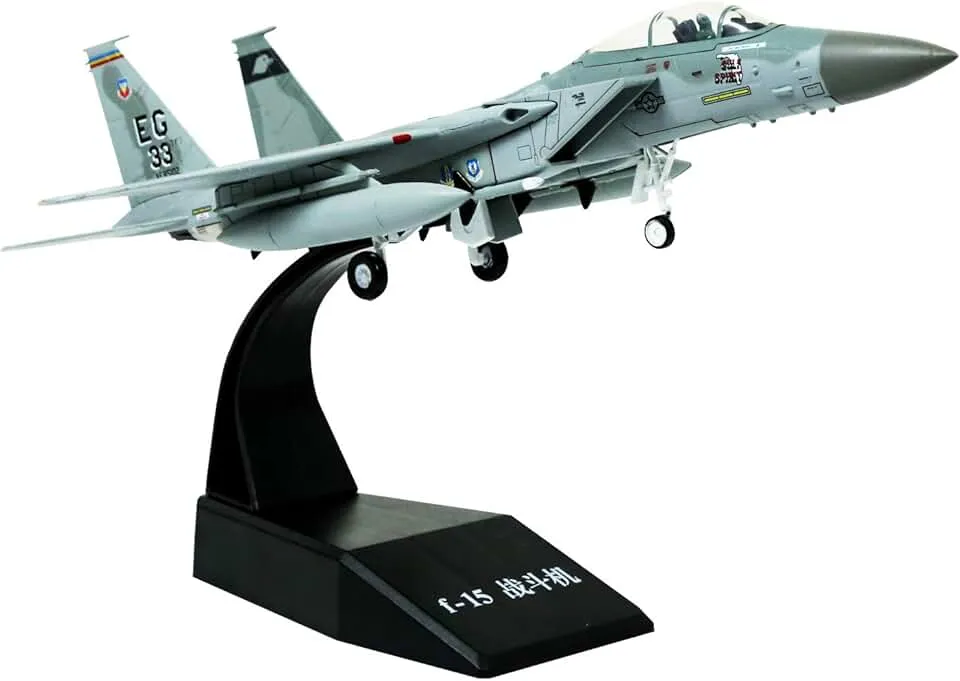
Choosing a theme or scale is a crucial decision when building a diecast metal model aircraft collection. Selecting a theme helps you to focus your efforts and create a cohesive collection. Consider specializing in a particular type of aircraft, such as fighter jets, bombers, or commercial airliners. Another approach is to focus on a specific historical period or a particular airline. The scale of the models will influence your collecting choices and the space needed for display. Common scales include 1:72, 1:144, and 1:200. The scale you choose determines the size of the models, so consider both aesthetics and practicality. Selecting a theme or scale can make your collection more focused, manageable, and visually appealing.
Cataloging and Organizing Your Models
Cataloging and organizing your diecast metal model aircraft is vital for managing and enjoying your collection. Create a detailed inventory of your models, including the manufacturer, model name, scale, and any special features. This catalog can be a simple spreadsheet or a dedicated collecting software. Organize your models logically. This could involve arranging them by theme, scale, or manufacturer. Labeling shelves or display cases helps with identifying models and maintaining order. Regular maintenance is crucial for preserving the collection. With a well-organized and cataloged collection, you can readily track your progress, locate specific models, and share your enthusiasm with others.
Maintaining and Preserving Your Models
Proper maintenance and preservation are key to ensuring the longevity and value of your diecast metal model aircraft collection. Protecting your models from environmental factors, regular cleaning and performing minor repairs, can significantly extend the lifespan of your aircraft. Establish a routine for care and preservation, to help your models look their best for many years.
Cleaning and Dusting
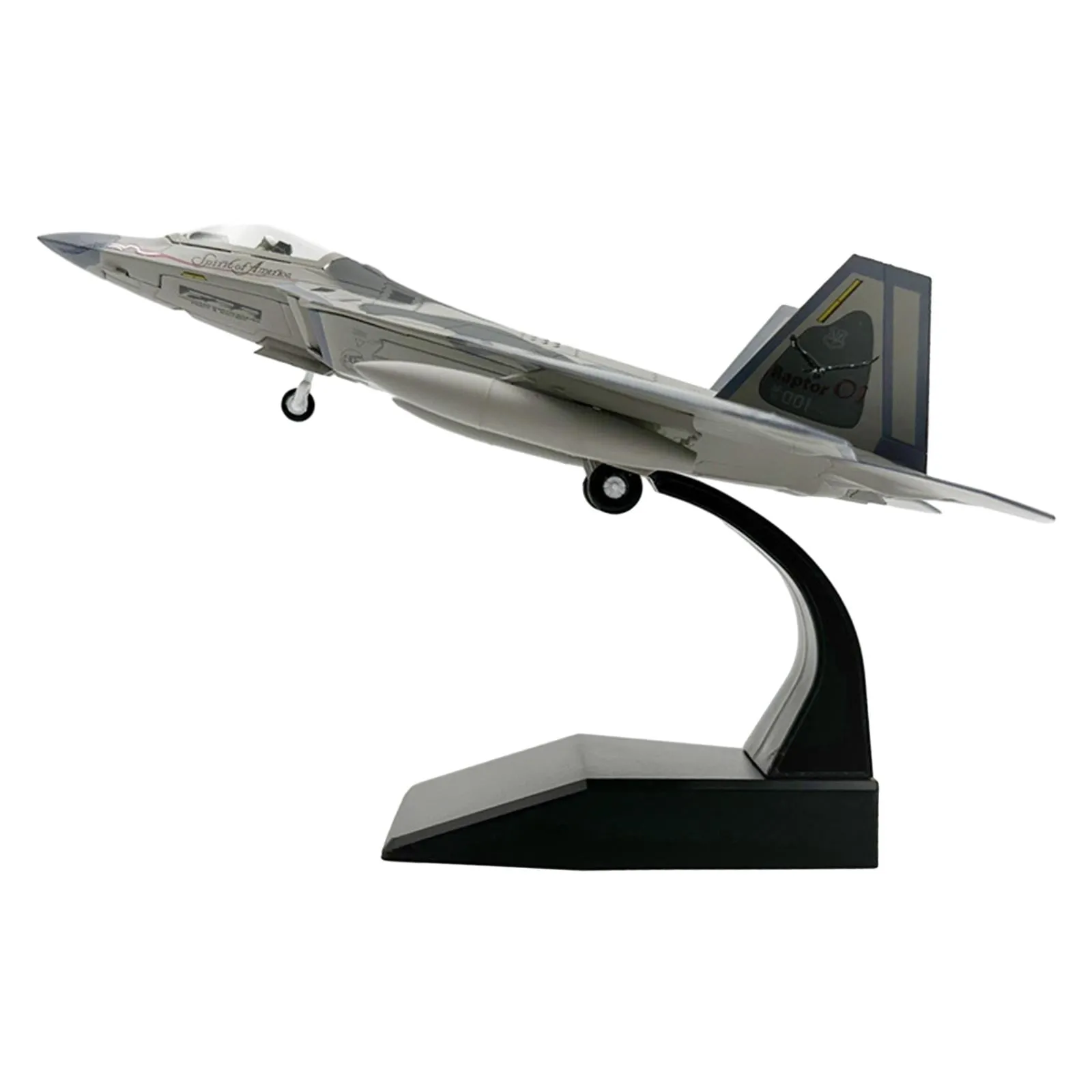
Regular cleaning and dusting are essential for maintaining the pristine condition of your diecast metal model aircraft. Dust and debris can accumulate over time, detracting from the appearance of your models and potentially causing damage. Gently dust your models with a soft microfiber cloth to remove loose particles. For more thorough cleaning, use a mild soap and water solution, ensuring it is tested in a hidden area first. Carefully wipe down the models with a damp cloth, and then dry them with a clean, dry cloth. Make this a regular part of your routine, to ensure your models remain in top condition.
Protecting from Sunlight and Humidity
Protecting your diecast metal model aircraft from sunlight and humidity is essential to preserve their condition. Direct sunlight can cause the paint to fade or discolor, diminishing the model’s appearance and value. Humidity can lead to corrosion, particularly in models made from zinc alloys. Display your models away from direct sunlight, and in a location with stable humidity levels. Consider using display cases with UV protection to block harmful rays. Dehumidifiers can help control humidity in your display area. Taking these steps will ensure the preservation of your collection.
Basic Repairs and Restoration
Even with careful maintenance, your diecast metal model aircraft may occasionally require basic repairs or restoration. Minor issues such as loose parts or small paint chips can often be addressed with simple techniques. Having a basic understanding of these techniques will help you to maintain and enhance your collection.
Common Issues
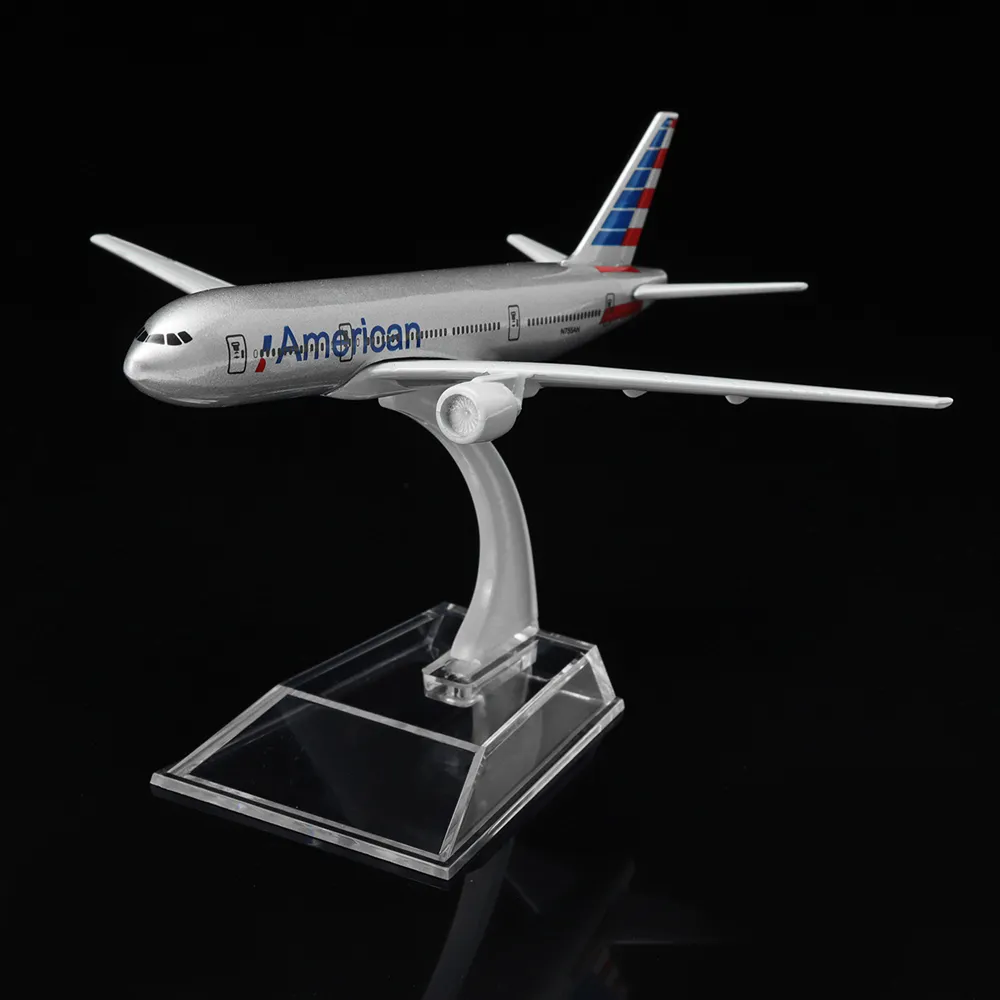
Some common issues you may encounter with your diecast metal model aircraft include loose parts, paint chips, and the accumulation of dust and debris. Loose landing gear, propellers, or antennas can occur due to wear and tear or handling. Paint chips are often caused by accidental bumps or scrapes. Dust and debris can settle on the model, diminishing its appearance. Recognizing these common issues enables you to take appropriate measures to address them. With the correct tools and techniques, you can resolve most of these issues.
Simple Fixes
Many simple fixes can restore your diecast metal model aircraft. For loose parts, a small amount of adhesive may be sufficient. For paint chips, carefully apply matching model paint using a fine brush. Use a soft cloth to clean dust and debris regularly. If you are not comfortable with these fixes, or if the damage is significant, consider seeking professional help from a model repair specialist. Remember to always handle your models with care, and store them in a safe environment, to minimize the risk of damage. These simple fixes can help you keep your collection in prime condition.
